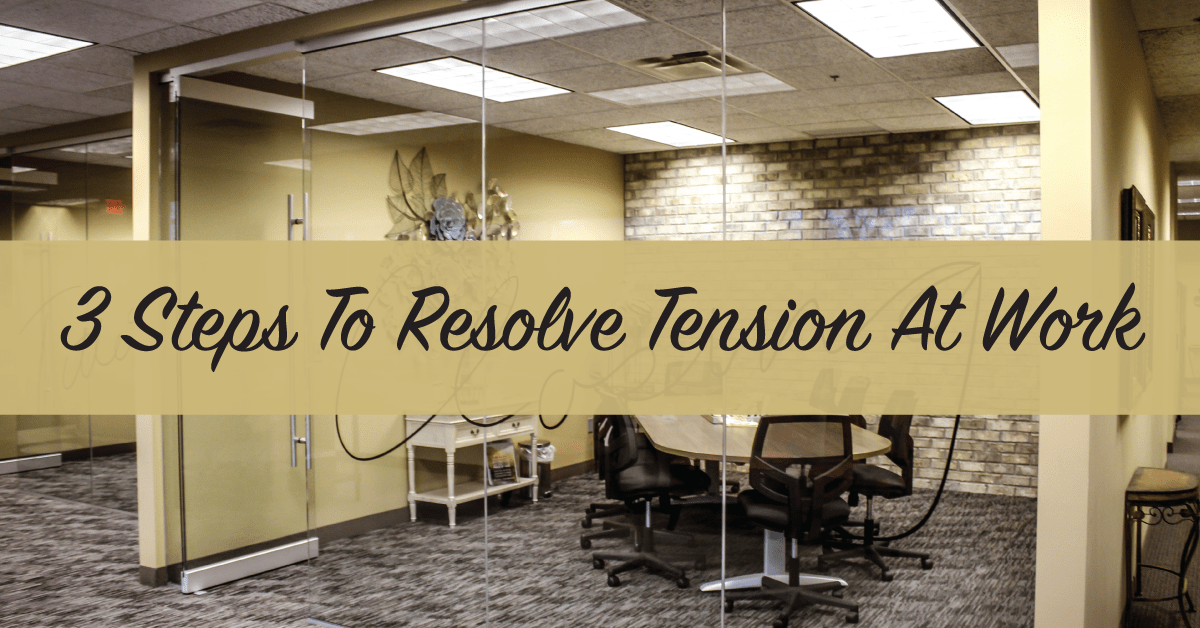We’ve all been there: you had an uncomfortable conversation with someone at work and now it feels like there’s a thick cloud of tension hanging over the office.
It’s normal to want to shrug tough conversations off and pretend like they never happened, but that can actually do more harm than good. Everyone knows that the silent treatment is awkward, but by ignoring the conversation took place you’re also giving up your chance to make some important changes that could benefit both of you in the long run.
Whether you’re butting heads over how to move forward on a project or something much bigger is at stake, it’s important to follow up after your initial conversation to make sure there’s a plan in place to resolve the issue at hand.
So, what can you do to make things less awkward and move forward?
- Acknowledge that the conversation happened.
Instead of avoiding your colleague, make it a point to acknowledge that the conversation took place. Proactively follow up by expressing that you appreciate being able to come together to identify and discuss issues when they arise. It’s okay to admit that it was a tough situation, but be sure to focus on the positive. Thank your colleague for taking the time to work through this with you.
- Move the conversation forward.
Take action to resolve the issue at hand by brainstorming ways you and your colleague can move forward. Even if you were only able to agree on a few points during your conversation, use areas of common ground to come up with a plan that works for both of you. Then, send a follow-up email to summarize the conversation and focus on the outcomes you both would like to see.
A written record of events is helpful because it ensures you are both on the same page and eliminates any possibility of discrepancies in perception, memory or understanding. It also gives your colleague a chance to present new information if something important was left out during the initial conversation. This is a great strategy for laying out next steps and creating a path out of the conflict zone.
- Focus on building a relationship with your colleague.
At the end of the day you and your colleague are both human. Keep in mind that deep down; every human being wants to be liked — especially at work. If the only interaction you have with each other is when a difficult situation arises, they might start avoiding you or associating you with uncomfortable meetings. Focus on the bigger picture and think about what kind of work relationship you want to have with your colleagues.
Start small by learning more about their goals and who they are as a person through casual conversation. Invite them to get coffee with you during your lunch break or make it a point to share time together at your next off-site work event. Keep in mind that you both have the same goal of wanting to move your company forward and achieve success. You’re on the same team!


